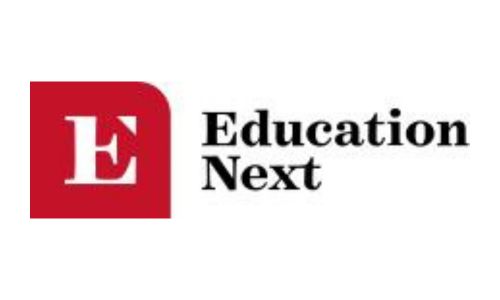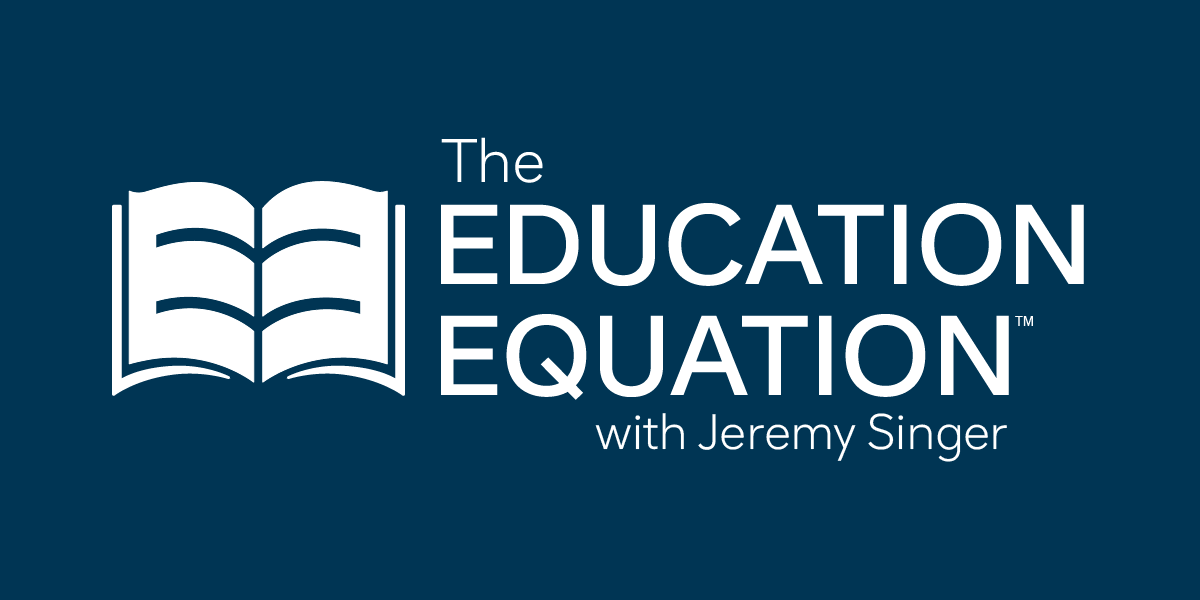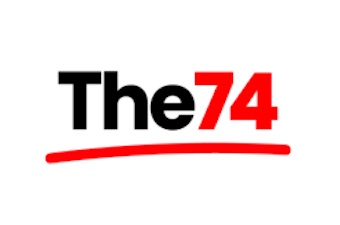A whitepaper was published earlier this year by five researchers from five universities called “A Framework for Evaluating and Reforming School Vouchers.” It’s fair to ask critical questions about recent private-school choice bills. But this paper misses the point of the current moment in school choice, and of education broadly.
Transparency, at a minimum, should remain a cornerstone for improving educational outcomes. We get little data, and almost no traditional accountability, in the private-school choice programs now in Arizona, Florida, Iowa, Arkansas, Oklahoma, West Virginia, Utah, Ohio, and other states. But public education serves too many children poorly. If we’re to have a high bar for the viability of new ideas, we should also have a high bar for the effectiveness of the existing system. In fact, we get little data and almost no accountability for public K–12 education right now, either. With the vast majority of U.S. students still educated in public schools, that’s a much bigger problem.
The whitepaper, written by Bruce D. Baker of the University of Miami and four co-authors, suggests that taxpayer dollars should be spent according to four guidelines. In the authors’ view, expenditures with public dollars should:
- advance equity goals.
- be done as efficiently as possible.
- include accountability and transparency.
- advance the public interest in preparing students for citizenship and participation in democracy.
This is a good list! The problem is that the authors seek to apply it only to private-school choice programs. American children and families would be better served if such guidelines were applied to all schools. If the ultimate goal of education, public or private, is for American children to become thriving American adults with the skills and opportunities to have fulfilling jobs and fulfilling lives while serving as active participants in our democratic society, we should want a framework for evaluating schools and educational programs that applies across sectors and school types.






